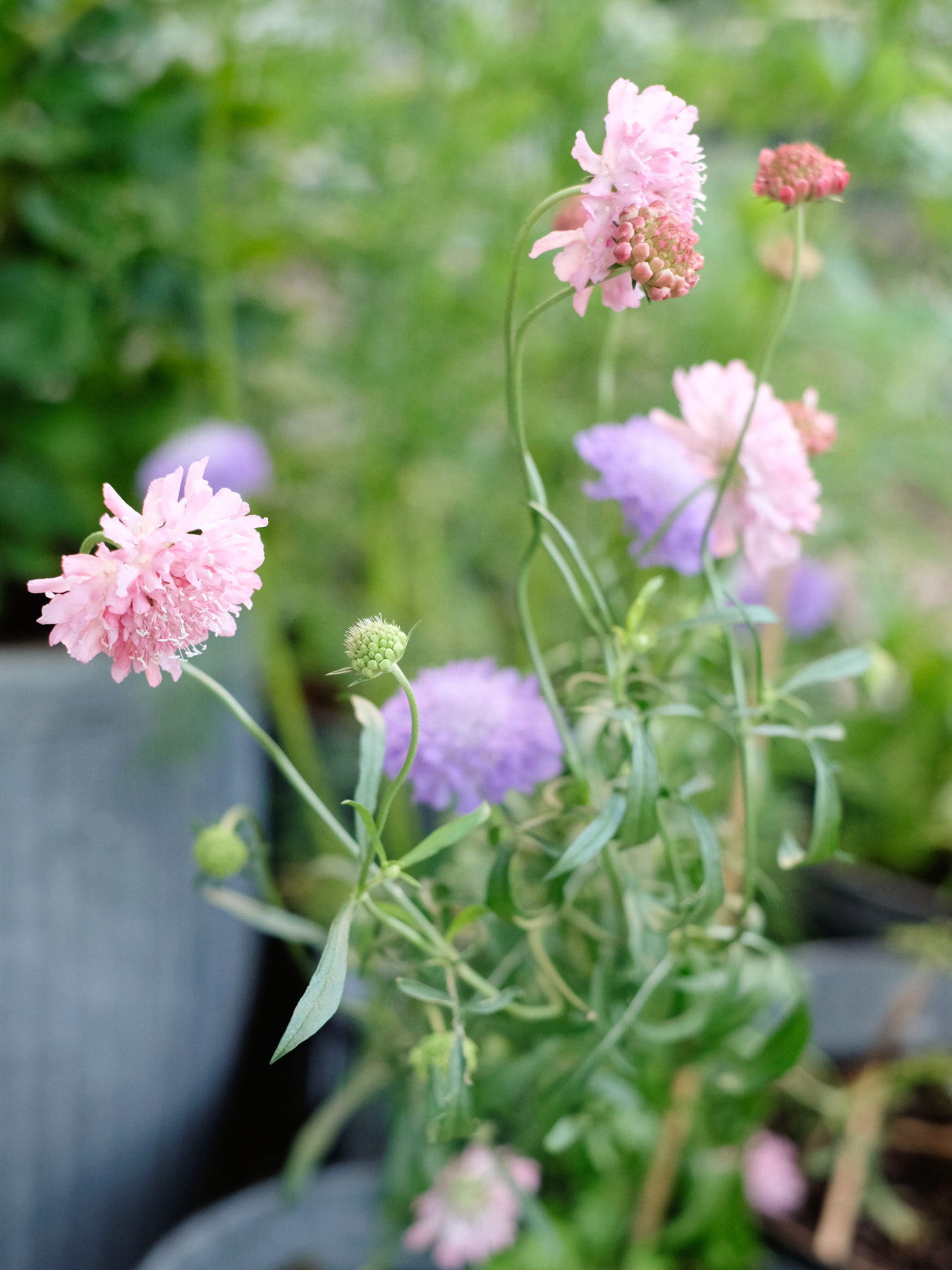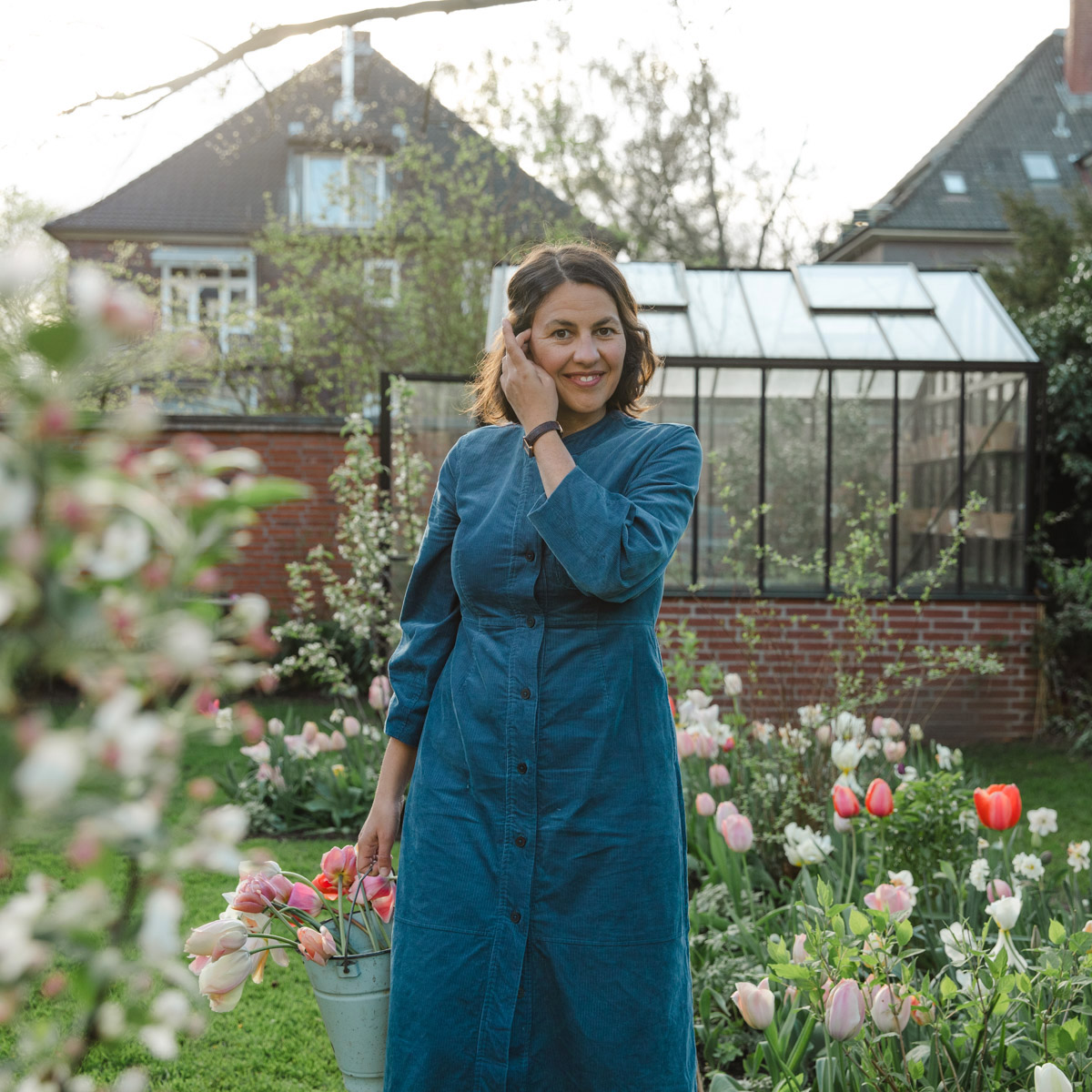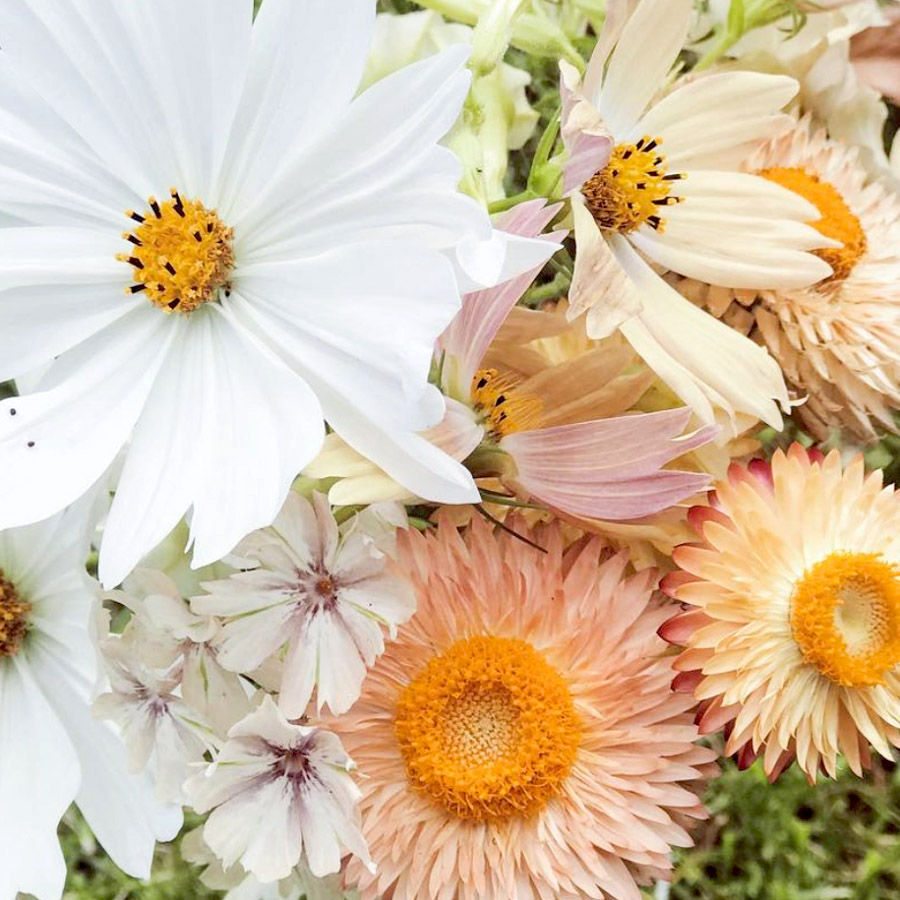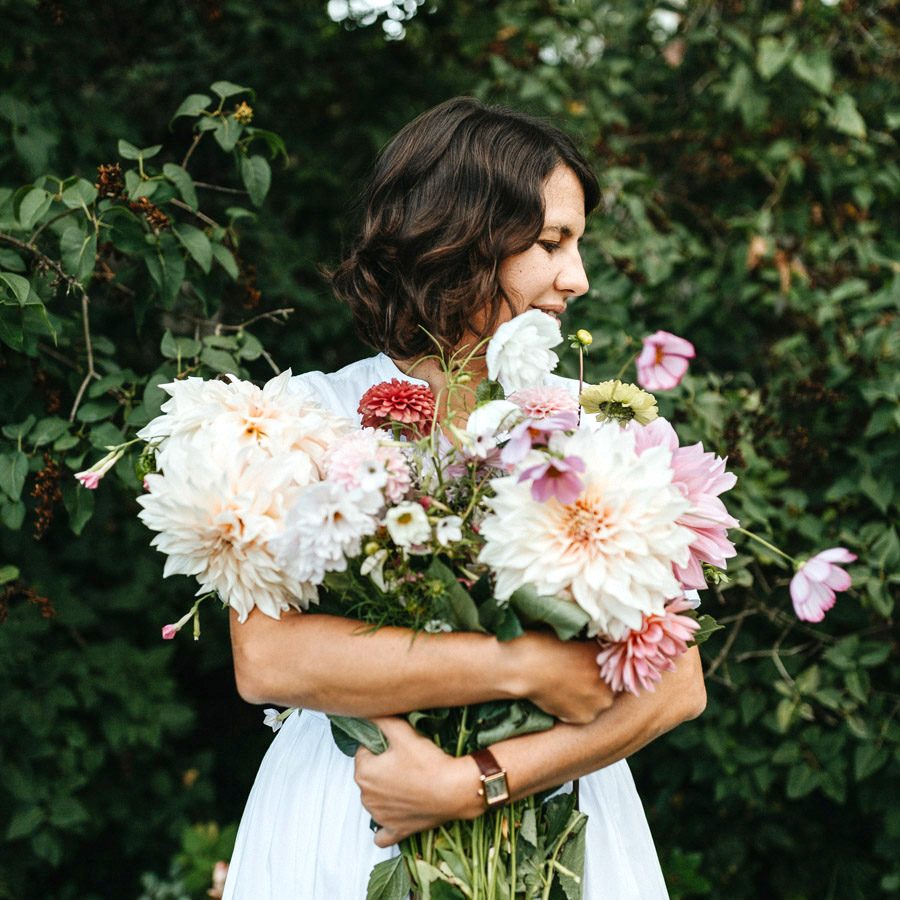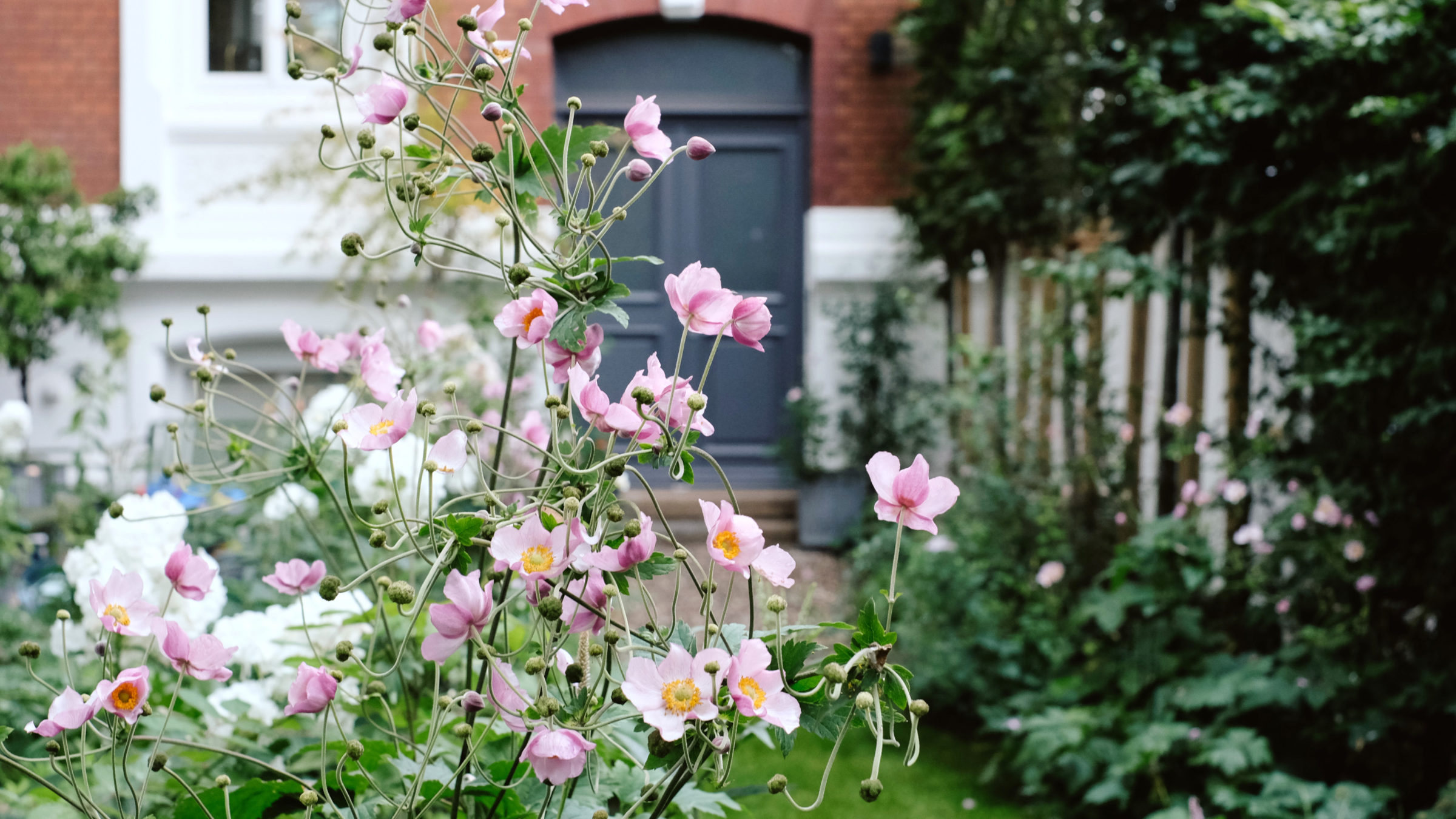
Magic and atmosphere in the city garden
7 great tips for small gardens
Let me say one thing right from the start: I love vacations in the countryside, hikes in the mountains, time in the wilderness, but I prefer to live in the city. I need urban abundance, liveliness and inspiration and when we were looking for a house in Hamburg, it quickly became clear that it couldn’t be too far out in the countryside. It was also obvious that the new garden would be much smaller than the old one in Potsdam. But that didn’t make me feel uncomfortable, because for me a small garden can be just as beautiful, varied and atmospheric as a large one! We have been living here for three years now and a boring area of rolled turf has turned into a really beautiful city garden in no time at all.
Even if you only garden on a few square meters, that shouldn’t be a reason to give up plants or long for a larger garden. Today I had the idea to write down my best tips for small gardens. I hope they will inspire you!
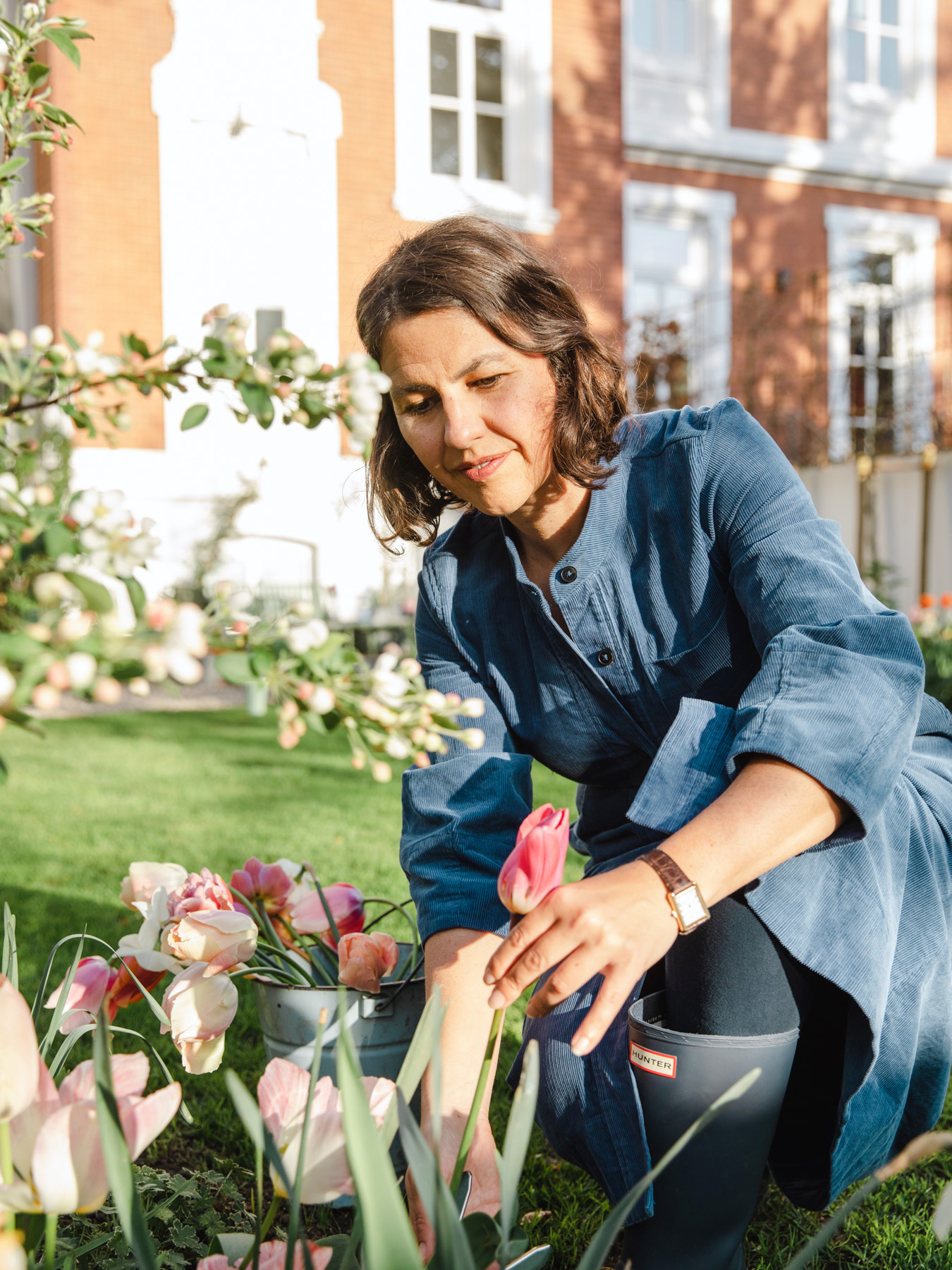
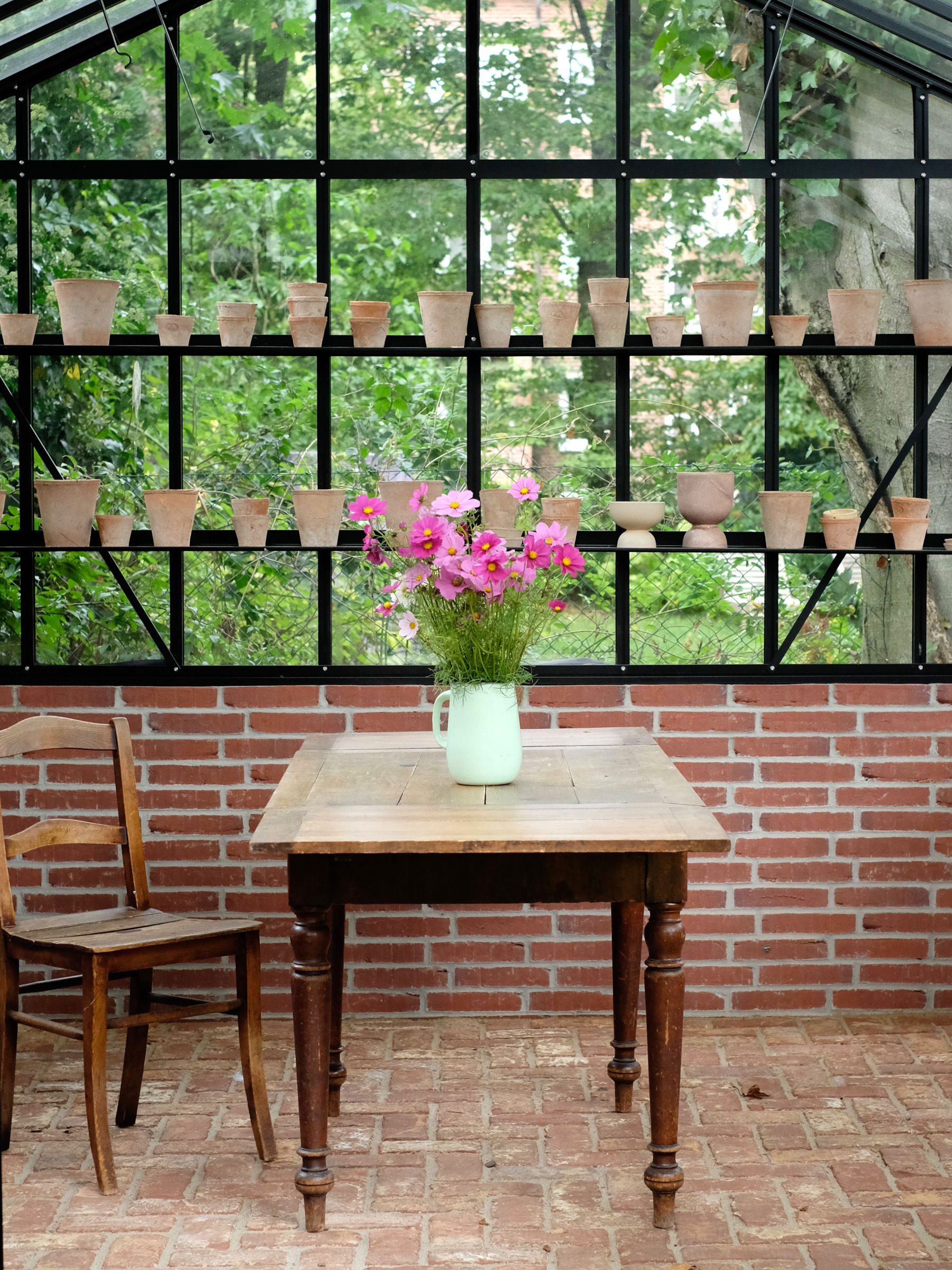
1.Make a design plan
A design plan is even more important for a small garden than for a large one, because structures are everything! As these reveal themselves to the viewer straight away, it is worth considering them carefully. Small gardens often have rectangular or square layouts. Don’t soften them up with curved or squiggly bed shapes! Formal structures often fit much better and lend the garden an unexpected elegance. Wild, tall-growing plants are the real softeners that ensure the whole thing doesn’t look stuffy.
2.Remember the third dimension!
If you don’t have much space, you should use (flowering) climbing plants in all possible places and create different heights with small and medium-sized shrubs. This quickly creates the necessary abundance and gives a small garden a lot of atmosphere.

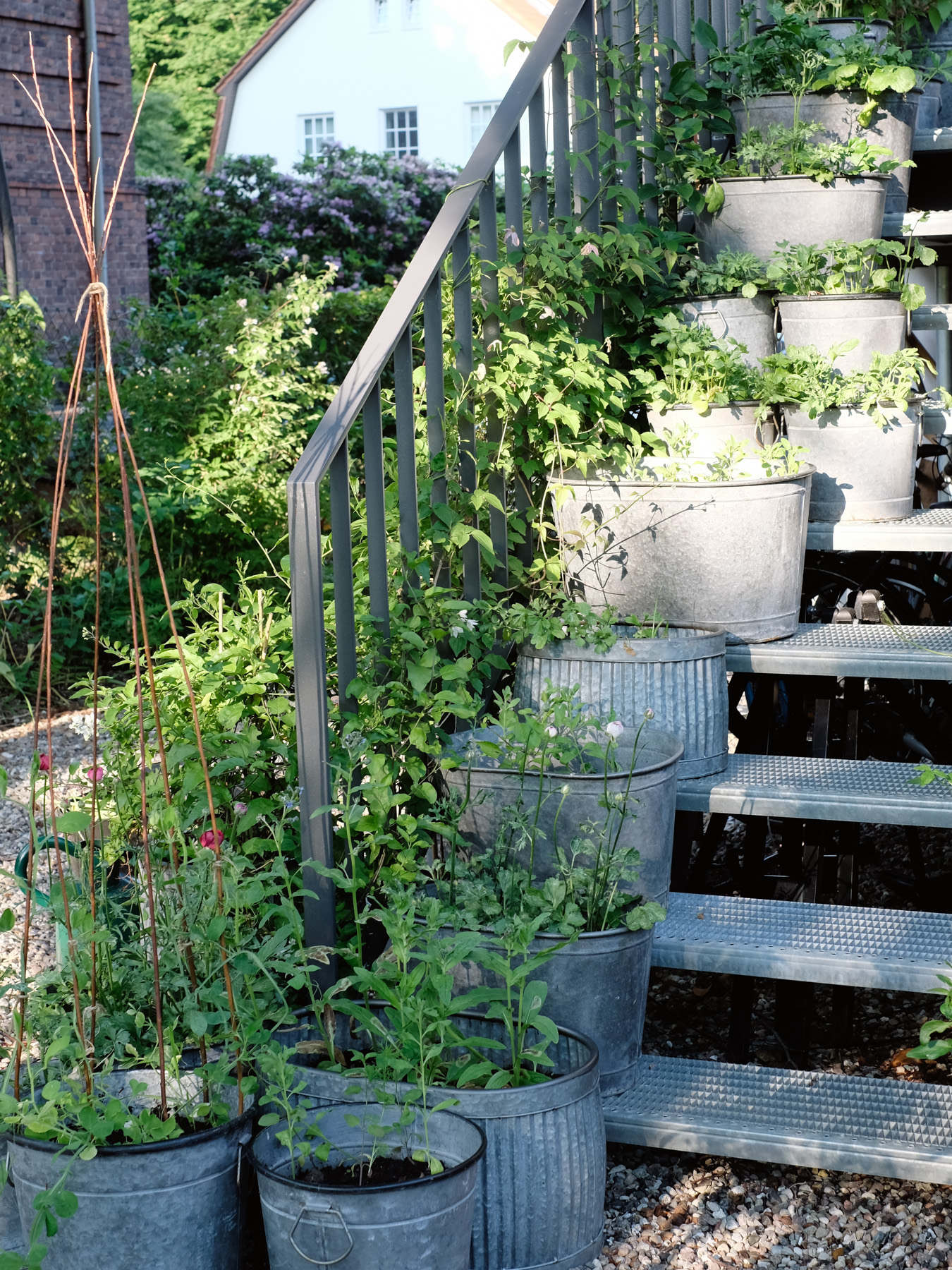
3.Blur the floor plan with plants!
The edges of your garden should be particularly lushly planted; ideally, not much should be visible from the neighboring plot. A garden looks much larger when the view ends at wild bushes and not at an unsightly garden fence. When the layout is no longer completely visible, magic happens!
4. Visual axes make gardens bigger
Be sure to plan one or more sightlines! A lawn path lined with lush perennial beds to the right and left, which leads to a beautiful quince tree at the end, always looks fantastic. But the best thing is: such arrangements visually enlarge your garden.
5.Plan lush planting
Lush planting makes your garden appear larger than it actually is. Even if this seems contradictory at first glance and you think plants would make the space look smaller, the opposite actually happens. Even large plants or tall perennials are no problem. Have the courage!
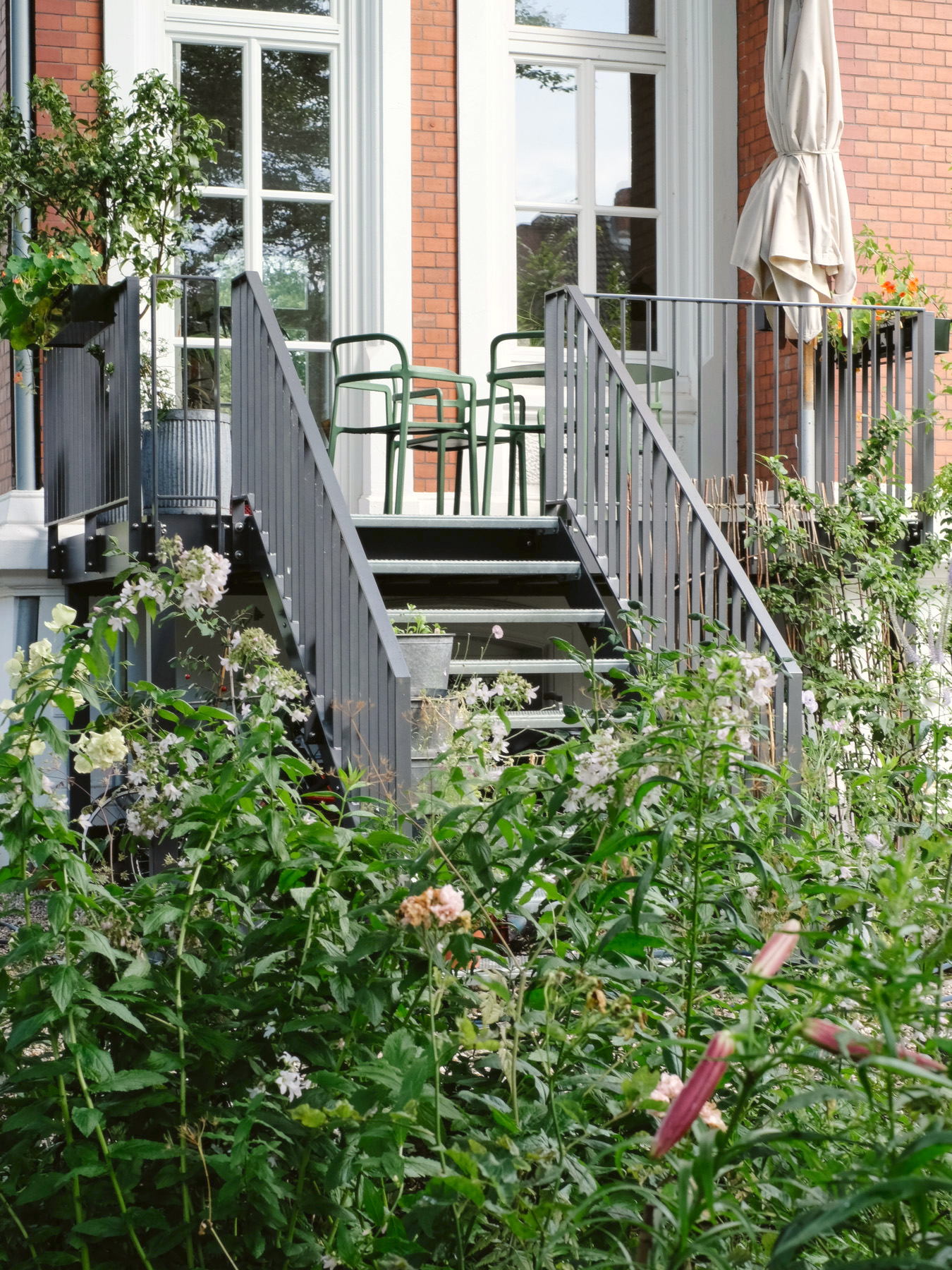
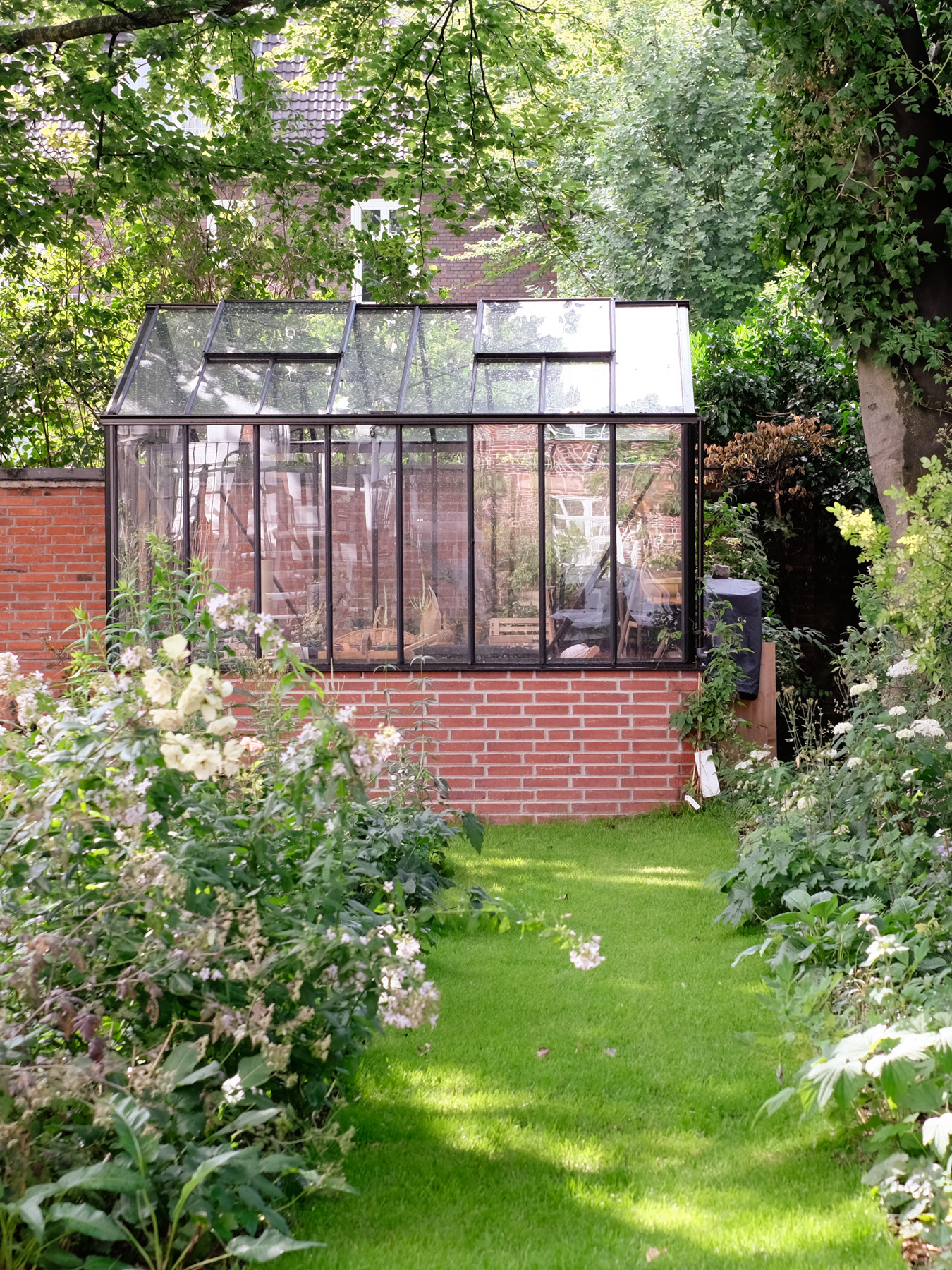
6. Tubs and pots for more dynamics
In addition to permanent garden areas planted with shrubs and perennials, you also need places where you can allow more dynamism: I like to plant flower bulbs, ranunculus, dahlias or even annual summer flowers in a large number of tubs on our gravel path, patio and steps. Here I can try out new colors and shapes every year and express myself as a gardener, while I only add to my perennial beds from time to time and enjoy how easy they are to care for.
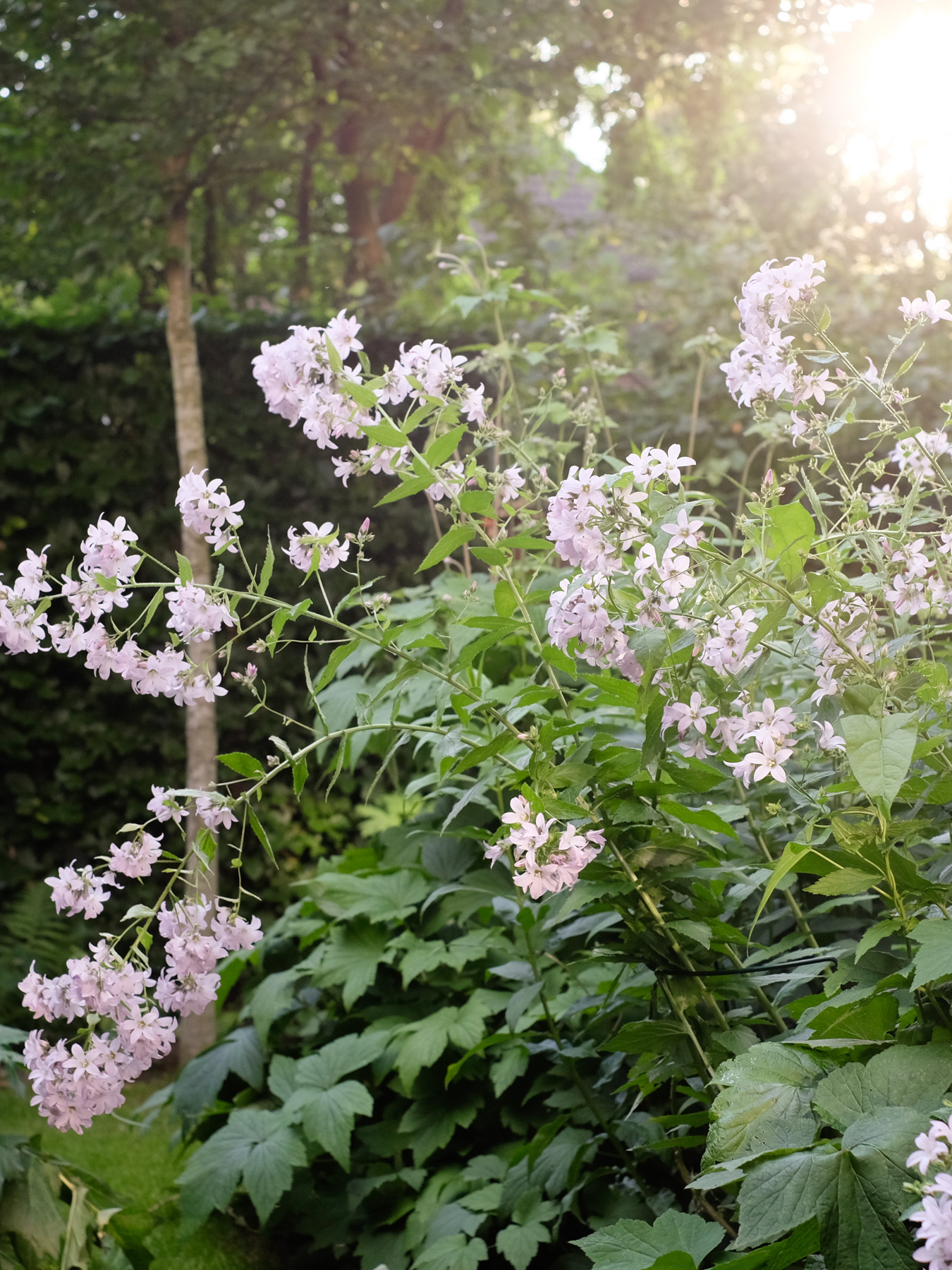
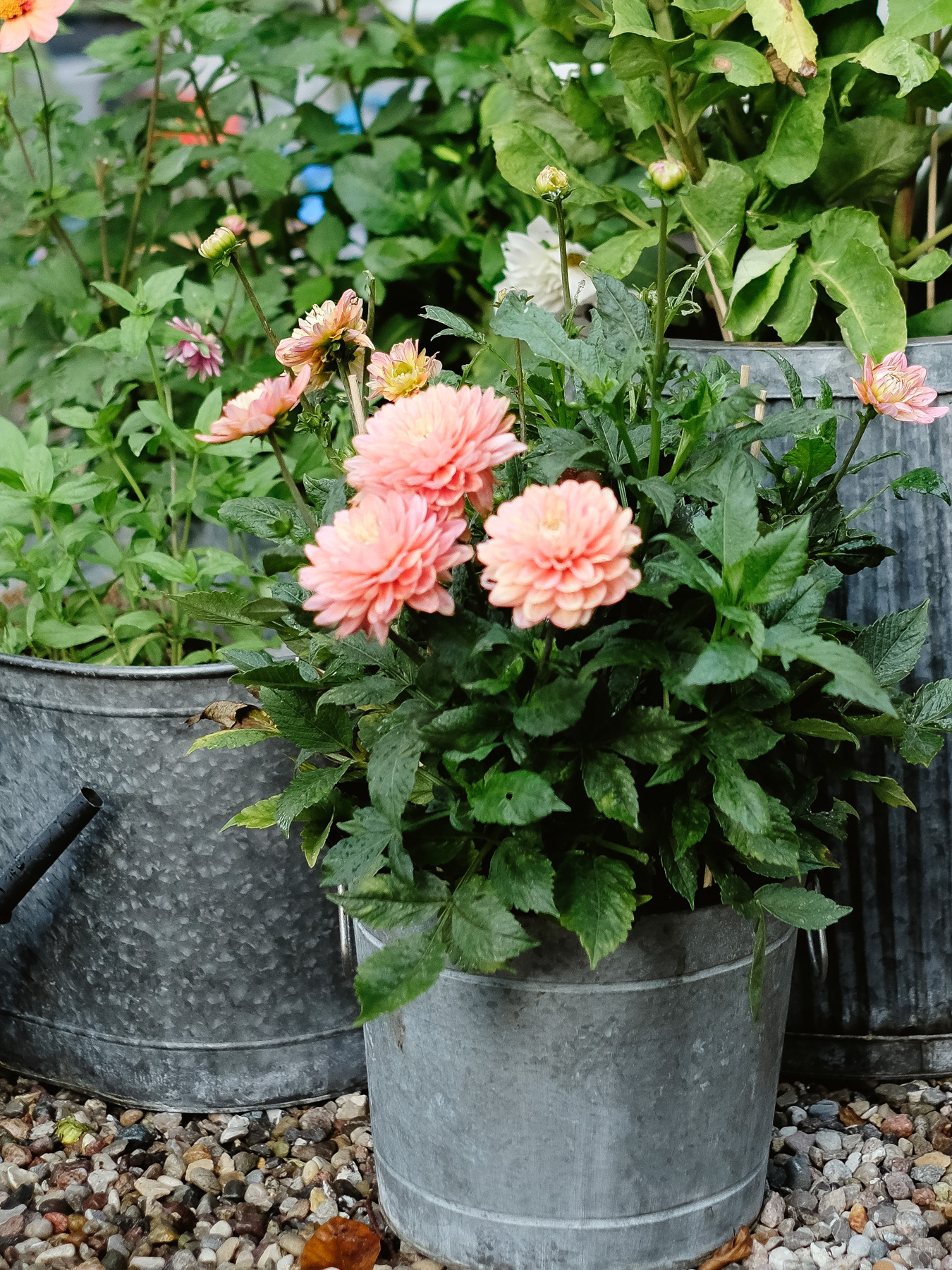
7. It blooms through
Consider all four seasons when choosing plants! The best time to start planting is in the fall. This is the best time to create or redesign a garden. For spring, I plant bulbs, anemones and ranunculus now, in summer mainly perennials bloom, the annual summer flowers and dahlias bring abundance and color deep into autumn and my beloved ornamental apple decorates the winter garden with its small fiery red apples (which I also use as Christmas decorations). Always go for particularly long flowering varieties! Plants that grow a little taller and only show flowers for one or two weeks, such as rhododendrons, make little sense in small gardens in my opinion.

